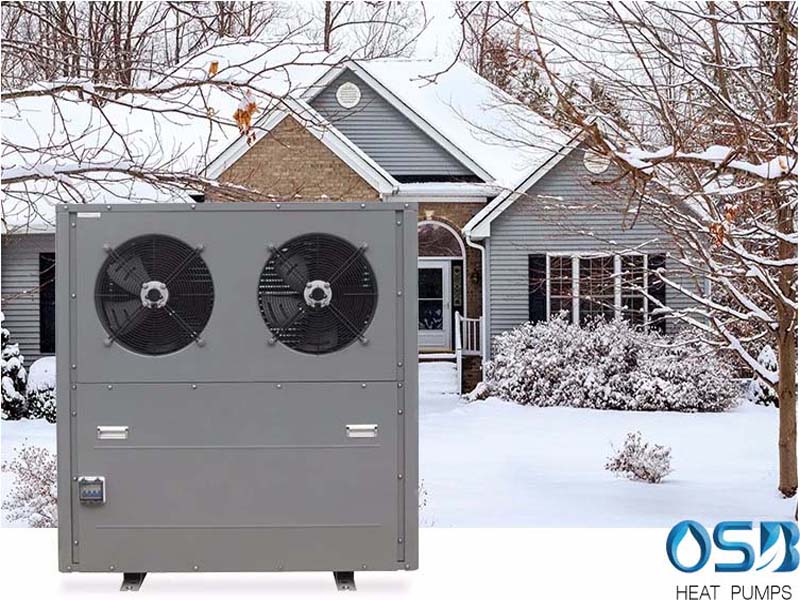
Residential heat pump can often get covered by snow and ice during the winter season. Coil covered by white frost and even light ice during certain weather conditions will not significantly influence the working efficiency of your heat pump. On the other hand, if the entire unit is iced-up, including the top of the unit and the insides of coil for an extended period, it can cause serious damage to the equipment. In order to avoid these problems, it is essential to address the issue as quickly as possible.
Step 1 - Understand the Problem
To prevent excessive buildup of ice, most home heat pumps use a timed, temperature-based defrost system. This system runs on a timer composed of either a motorized clock or an electronic timer, and the timer is set to defrost your system at intervals that vary based upon the manufacturer and heat pump model, though the most common timer settings are 30, 60, and 90 minutes. Many commercial systems also have a pressure switch installed that can sense when the coils have been jammed with ice.
Step 2 – Run the Fan
Running the fan is the simplest and often best solution to start. In most of the cases, blowing air will thaw equipment within 60 minutes. If outdoor temperature is extremely low, try setting up the fan on an exhaust setting. Constant fan running will not solve the problem and freezing issues, but it is a good start and a way to keep your heat pump running.
Step 3 – Move the Sensor
Your heat pump needs to defrost frequently when frost conditions occur, and the defrost needs to last long enough to eliminate the ice, but not so long as to waste electricity. Sometimes moving the temperature sensor or thermostat on the outdoor portion of the unit will correct the problem. Nearest the intake area is usually the best position. If you try relocating the sensor, make sure to mark the original location. Otherwise, if the new location works out to be worse than the original, you may not be able to properly replace it, in which case you'll have many hours of trial and error ahead of you. Placing the thermostat at the wrong end of the coil will also stop all defrosting, the opposite of the desired result.
Step 4 – Manual Defrost
If your unit has a manual defrost option, run it whenever the conditions usually cause freezing. The power-saving settings on your heat pump may save you money on electricity, but unfortunately, they may also be the reason for your frosting issue. A too-short defrost cycle can cause freezing, and ultimately a hassle for the system owner. Make sure that your system is set up as close to the manufacturer's specifications as possible for proper clearance and ventilation.

